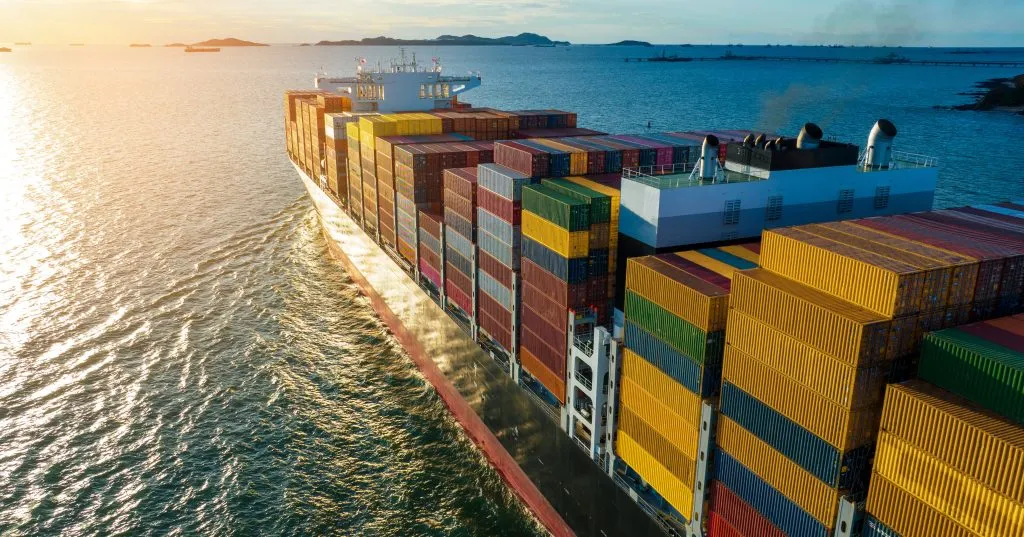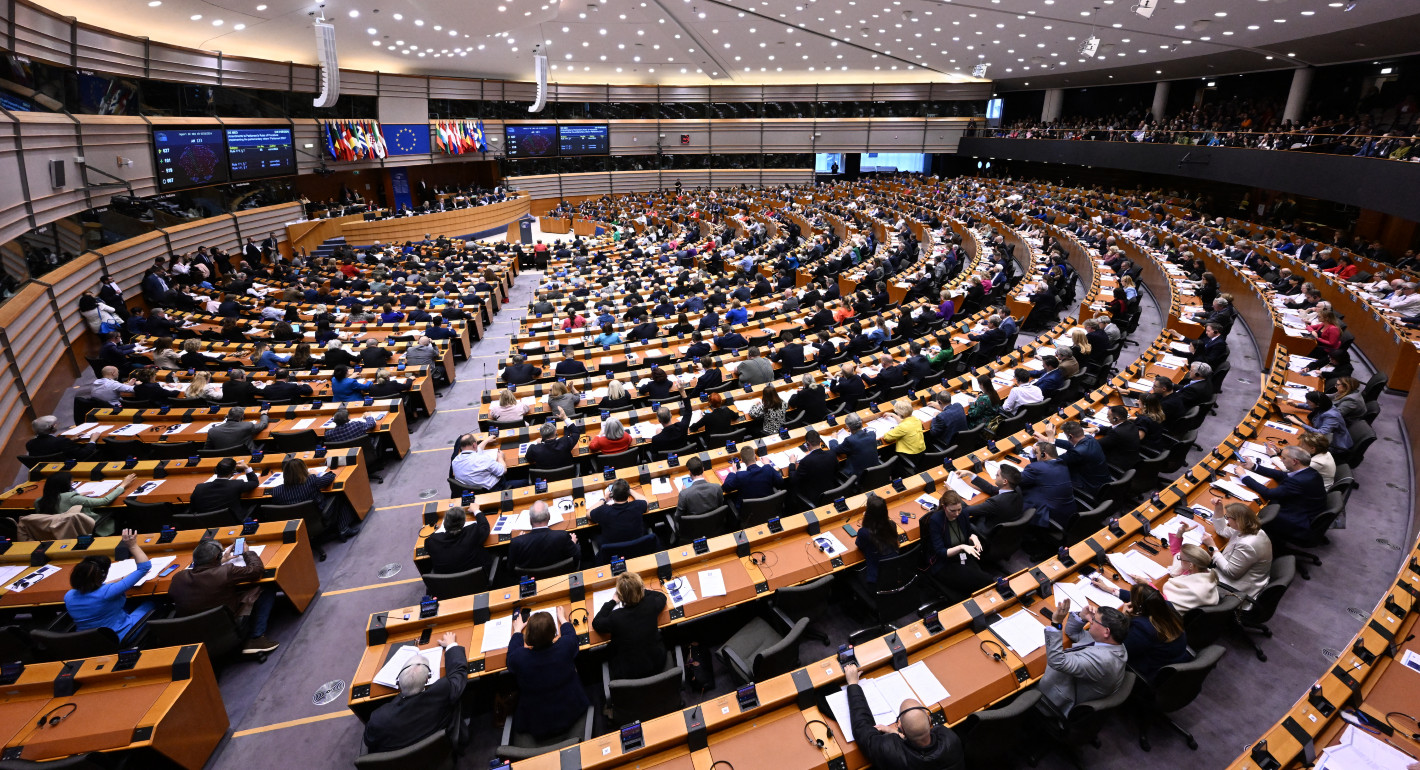
Advancing Copper Additive Manufacturing with FS621M-Cu
Farsoon Technologies has introduced the FS621M-Cu, a next-generation copper additive manufacturing machine designed for large, complex builds. The system integrates four 1000 W ytterbium fiber lasers and supports a 620 × 620 × 1,100 mm build envelope. It is engineered for stable printing of reflective metals such as CuCrZr.
This innovation addresses a key challenge in additive manufacturing: processing high-reflectivity copper alloys. The FS621M-Cu uses optimized laser wavelengths to improve absorption rates and thermal stability. This enables manufacturers to produce large copper parts that were once unfeasible with conventional 3D printing systems.
As a result, the FS621M-Cu opens new possibilities for the aerospace sector. Farsoon showcased its ability to print thrust chamber liners for liquid rocket engines, offering better cooling performance, structural density, and manufacturing efficiency.
Copper AM Pushes Aerospace Performance and Production Efficiency
Copper alloys such as CuCrZr offer excellent electrical and thermal conductivity but are difficult to print due to their laser reflectivity. Traditional manufacturing methods like brazing and machining limit design flexibility and raise production costs. Farsoon’s FS621M-Cu eliminates many of these constraints.
Using the FS621M-Cu, one aerospace customer successfully produced a 600 × 850 mm thrust chamber liner. Post-build analysis revealed a dense, pore-free microstructure with thermal conductivity over 345 W/(m·K). Internal channels were also precisely formed and polished to reduce pressure drop and maximize heat exchange.
Meanwhile, this platform significantly shortens lead times and removes the need for assembly in critical propulsion parts. Farsoon’s machine enables more efficient prototyping and faster time to market—factors vital to industries demanding high-performance thermal solutions.
SuperMetalPrice Commentary:
Farsoon’s FS621M-Cu represents a milestone for copper-based additive manufacturing. It signals growing confidence in 3D printing’s role in high-spec aerospace components. As heat transfer demands rise across propulsion, EVs, and electronics, precision copper printing will likely become a strategic capability in the metals sector.











Leave a Reply
You must be logged in to post a comment.